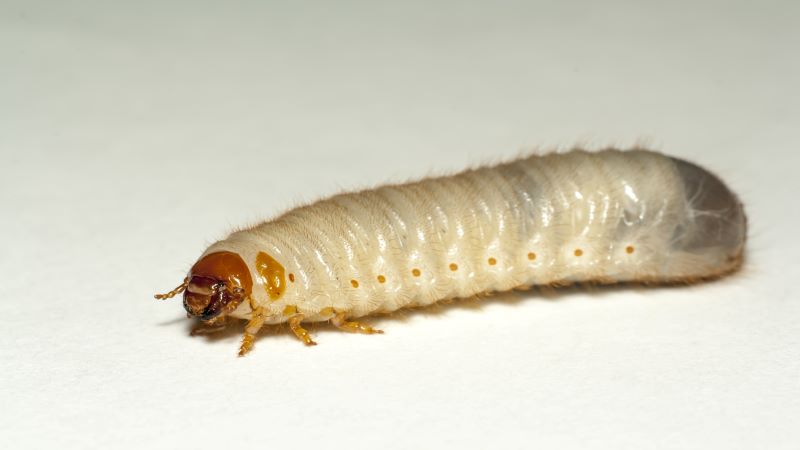Benefits of maggot debridement therapy on leg ulcers: a literature review
Chronic leg ulcers are known to cause physical and psycho-social complications that may impact the quality of life of patients. The European Wound Management Association (EWMA) developed a document to guide clinicians in their assessment of wounds and help plan effective wound management. This article explains the T.I.M.E. framework: T referring to tissue management, I for infection and inflammation, M for moisture and E for edges and epithelialisation. It explains how different factors might delay wound healing. New evidence is emerging to suggest that maggots might contribute to wound healing by, for example, reducing biofilm and disinfecting wounds. However, these effects are still considered controversial by many clinicians who limit the use of maggots to debridement only. This review will discuss research exploring new benefits from maggots in the management of individuals with chronic leg ulcers.
Genevieve Abela - PgDip Wound Healing and Tissue Repair, Cardiff University, Practice Nurse, Tissue Viabilty, VGH Rehabilitation Hospital Karin Grech, Malta
